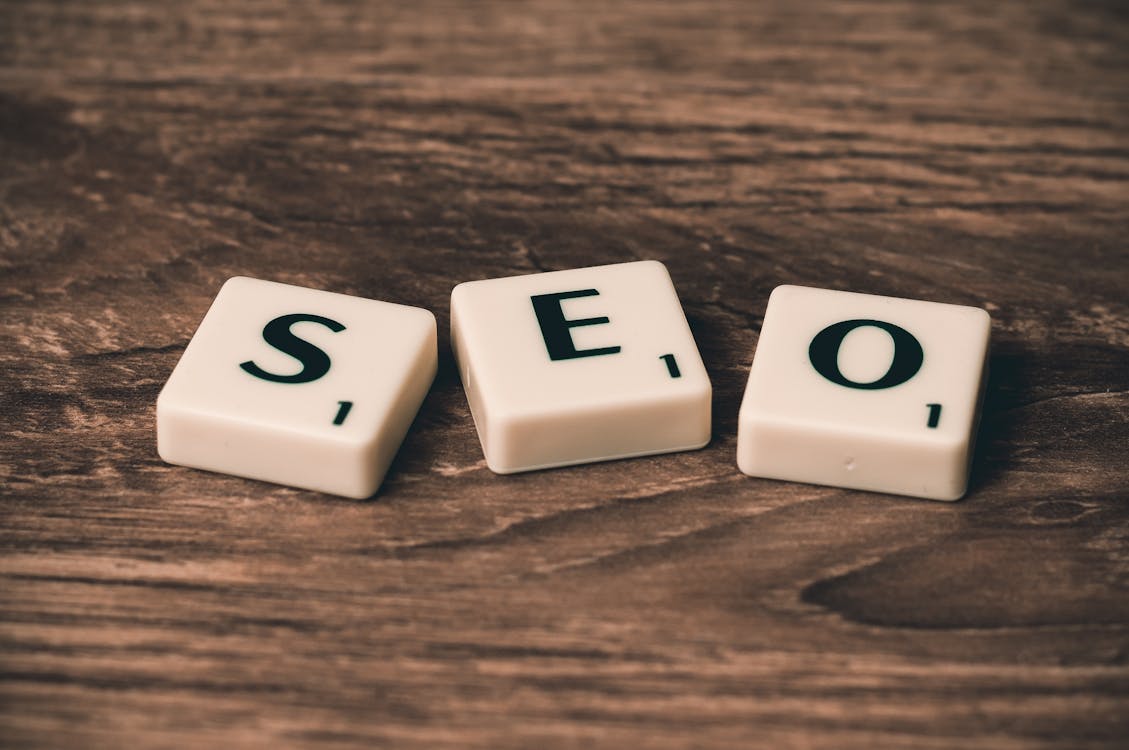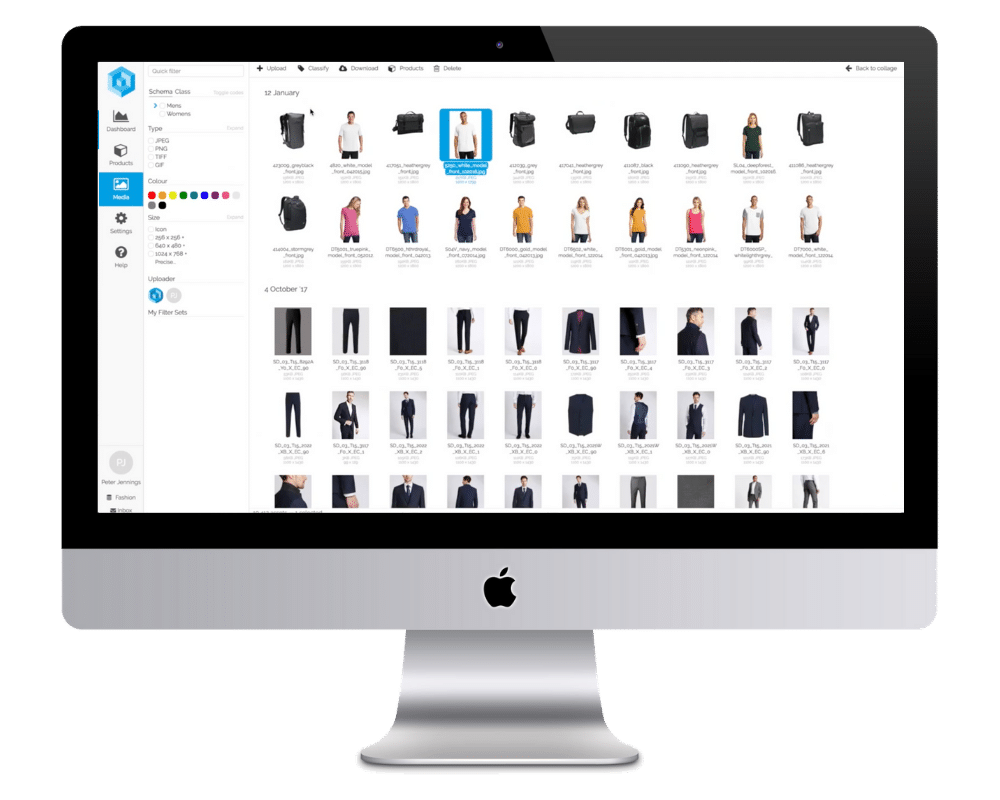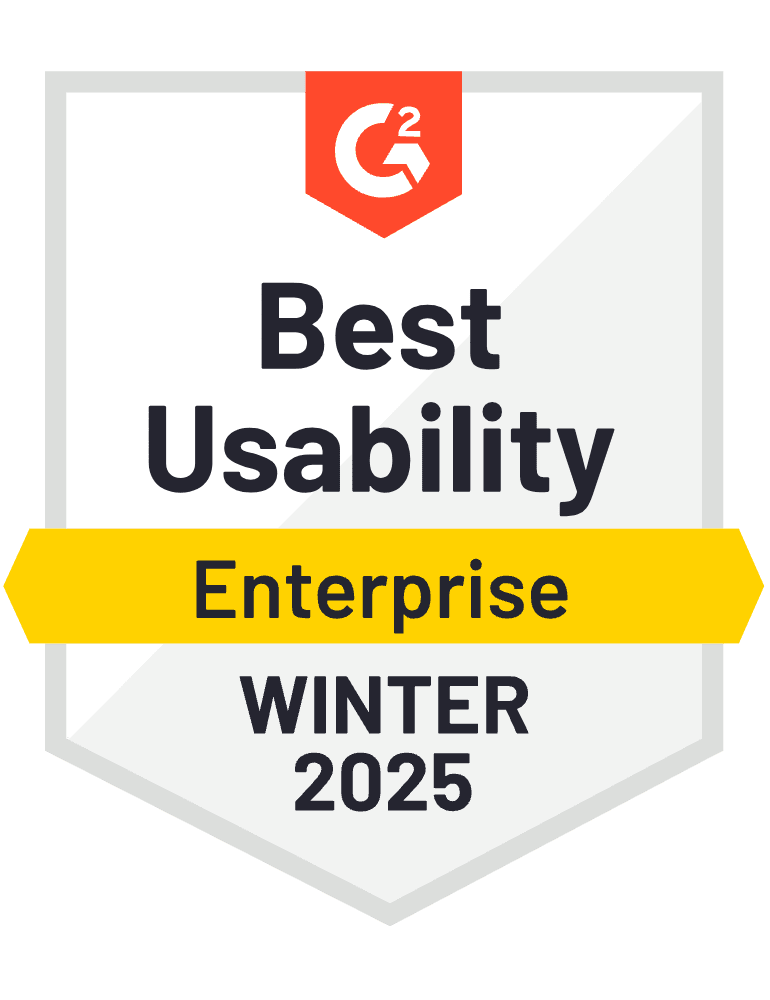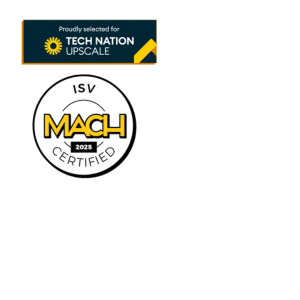What is B2B eCommerce?
B2B eCommerce strategy refers to digital transactions between businesses — whether it’s manufacturers selling to distributors, wholesalers serving retailers, or service providers offering software subscriptions. Unlike B2C, B2B eCommerce requires complex pricing, longer buying cycles, and tailored account experiences.
B2B vs. B2C eCommerce: Key Differences

Target Audience
B2B: Other businesses such as retailers, wholesalers, or distributors.
B2C: Individual consumers making personal purchases.
Sales Cycle
B2B: Involves longer decision-making, multiple stakeholders, and formal approvals.
B2C: Typically quick and emotional, often completed in a single session.
Pricing Structure
B2B: Custom pricing based on volume, contracts, or negotiations.
B2C: Fixed prices with standard discounts or promotions.
Marketing Strategy
B2B: Highly targeted account-based marketing and direct outreach.
B2C: Mass-market digital campaigns and influencer-driven content.
Relationship Building
B2B: Long-term partnerships, trust-building, and dedicated support.
B2C: Shorter interactions with a focus on customer experience and brand loyalty.
Products
B2B: Technical, configurable, and typically purchased in bulk.
B2C: Standardized, ready-to-use items for personal use.
| Business Aspect | B2B | B2C |
|---|---|---|
| Target Audience | Other businesses (e.g., retailers, wholesalers) | Individual consumers |
| Sales Cycle | Longer, multi-step, involves multiple decision-makers | Shorter, emotional, often impulse-driven |
| Pricing Structure | Tiered, negotiated, bulk discounts | Fixed pricing, occasional discounts |
| Marketing Strategy | Account-based marketing, direct sales outreach | Mass-market digital advertising |
| Relationship Building | Long-term, trust-based, high-touch communication | Short-term, transactional |
| Products | Technical, bulk, often customizable | Ready-to-use, limited personalization
|
Common B2B eCommerce Models
-
Manufacturer to Retailer: Selling directly to retail businesses.
-
Wholesaler to Business: Offering goods in large volumes at wholesale rates.
-
Distributor Networks: Acting as intermediaries between producers and B2B buyers.
-
B2B Marketplaces: Online platforms like Alibaba where businesses trade.
-
Service-Based Models: Subscription or contract-based B2B service offerings.
Building a Winning B2B eCommerce Strategy
Define Clear Business Objectives
Before launching or refining your B2B eCommerce strategy, define your primary goals:
-
Grow revenue
-
Enter new markets
-
Lower operational costs
-
Improve customer retention
Then, tie those goals to measurable KPIs like:
-
Sales volume
-
AOV (Average Order Value)
-
CAC (Customer Acquisition Cost)
-
LTV (Lifetime Value)
-
Repeat purchase rate
Defining Your Target Audience
A clearly defined audience is essential for personalized marketing and efficient sales processes.
-
Use market research to understand industry trends.
-
Analyze customer data to identify buying patterns.
-
Segment by company size, job roles, purchase cycles, etc.
-
Build personas that reflect your ideal customer’s needs and pain points.
Tools: Surveys, interviews, analytics tools, and competitor audits.
Analyze Competitor Landscape

Study your competitors to find opportunities to differentiate:
-
Evaluate their website UX, content, and platform performance.
-
Benchmark pricing, value-added services, and documentation.
-
Identify weak spots in their strategy you can capitalize on.
Must-Have Features for a B2B eCommerce Platform in 2025
-
Custom pricing
-
Bulk ordering
-
Multi-user accounts
-
Quick order forms
-
ERP/CRM integration
-
Advanced account management
-
Scalable, secure, and flexible architecture
B2B eCommerce Best Practices
Creating a high-performing B2B eCommerce experience in 2025 requires far more than a functional website. Today’s buyers expect intuitive, fast, and frictionless digital interactions. Accordingly, the best-performing businesses are meeting these expectations with tailored, data-driven strategies. Basically, whether you’re selling to retailers, distributors, or industrial buyers, it’s essential to design your eCommerce offering around how B2B buyers research, compare, and purchase products.
Optimize for B2B Buying Behaviors
Unlike consumer shoppers, B2B buyers are methodical, focused on business objectives, and often required to justify every purchase. Chiefly, that’s why your eCommerce platform must cater to speed and utility without sacrificing flexibility. Buyers expect to be able to search with precision — by SKU, attribute, or category — and easily reorder past purchases without navigating a convoluted process.
Offering self-service options such as downloadable spec sheets, account dashboards, and real-time inventory data empowers users to move efficiently through the buying journey. Additionally, payment flexibility is vital, with terms like net 30, net 60, or net 90, ACH transfers, and credit agreements enabling streamlined procurement.
With many buyers now managing orders from mobile devices, mobile optimization is no longer optional — it’s expected. Correspondingly, enterprise-grade security and compliance must be embedded into every layer of the eCommerce experience.
Align Sales, Marketing, and eCommerce Teams
One of the most impactful shifts in B2B commerce is the integration of traditionally siloed departments. eCommerce doesn’t exist in a vacuum. Conversely, it must work in tandem with your sales and marketing teams. Rather than replacing reps, eCommerce should support them with tools and insights that enhance the sales process. Primarily, when CRM platforms like Salesforce or HubSpot are tightly integrated with eCommerce systems, reps gain visibility into browsing behavior, product interest, and purchase history, allowing for personalized outreach and tailored follow-ups.

Likewise, eCommerce data can supercharge account-based marketing campaigns, helping marketers serve relevant content and promotions based on buyer behavior. Further, centralized systems like Pimberly’s PIM and DAM platform enable all teams to work from a single source of truth, ensuring consistent, accurate product content across campaigns, sales pitches, and eCommerce storefronts.
Invest in Content and SEO for B2B Marketing
Effective B2B eCommerce marketing is rooted in education and trust. Buyers often need approval from multiple stakeholders, and that requires access to credible, authoritative information. Generally, your content strategy should begin with thought leadership — articles, guides, webinars, and whitepapers that demonstrate your industry expertise.
At the next stage, technical content plays a critical role. Hence, everything from product comparisons and installation guides to regulatory documentation needs to be included. Pimberly’s product information management system simplifies the creation and distribution of this content across every touchpoint.
SEO must also be a priority. In 2025, B2B buyers are beginning their product discovery journey through search engines just like consumers. By targeting bottom-of-funnel keywords such as “[product type] supplier,” “[industry] equipment bulk order,” or “[brand] wholesale pricing,” you can attract qualified traffic that’s ready to convert. To support this, product detail pages must go beyond the basics — they should be rich with technical specifications, dimensions, compatibility notes, use cases, and supporting visuals. For guidance, Pimberly’s best practices for product page optimization are an excellent resource. Meanwhile, their tools make it easy to keep content consistent and up-to-date across every sales channel.
Prioritize UX and Site Performance
Performance isn’t just about page speed — it’s about ensuring every touchpoint on your site feels intuitive and purposeful. B2B buyers are typically time-poor and task-focused. They expect websites to load quickly, searches to return accurate results, and checkouts to function without friction. A cumbersome experience — whether caused by confusing navigation or missing account info — can cause even long-time customers to look elsewhere. Personalization also matters.

Greeting returning users by name, suggesting reorder items, and presenting account-specific pricing helps streamline the user journey. Just as important is onboarding. Buyers must know how to navigate your portal, manage orders, and access critical documentation. Investing in onboarding materials, walkthroughs, or even live chat support can dramatically reduce friction and increase satisfaction.
Implement Smart Personalization
Personalization has become a cornerstone of modern eCommerce, and B2B is no exception. Buyers want to see relevant pricing, recommended products, and personalized messages based on their company size, purchase history, and industry. Smart personalization allows your platform to adapt in real-time — showing different product suggestions or banners based on who is logged in and what they’ve previously purchased.
AI-powered product recommendation engines can significantly boost average order value and retention by intelligently surfacing items buyers may not have discovered on their own. In a B2B context, where buyers are often pressed for time and ordering across complex catalogs, these intelligent prompts add measurable value.
Offer Top-Notch Post-Purchase Support
The customer experience doesn’t end at checkout — in fact, post-purchase support is one of the most critical areas for fostering long-term loyalty in B2B relationships. Buyers expect access to self-service order tracking, easy returns or RMAs, and customer service teams who understand their specific needs. For large or recurring customers, account management becomes essential — including proactive communication, custom reorder tools, and installation support if relevant.

Loyalty programs can also work in a B2B context, especially when tailored to frequent buyers or long-term accounts. Around-the-clock support availability and multi-channel service options (email, phone, chat) are particularly valuable when working with global clients or businesses operating outside traditional hours.
Track, Learn, Refine, and Optimize
In a digital environment, improvement should be continuous. Start by identifying the KPIs that matter most to your business — these might include traffic sources, bounce rates, conversion percentages, fulfillment accuracy, and repeat purchase rates. Use A/B testing to fine-tune key components like navigation structure, pricing displays, product copy, or promotional banners. Just as importantly, seek direct feedback from users. Why did they buy — or abandon their cart? What’s working, and what’s frustrating?
Your analytics platforms will give you behavioral insights. In turn, customer conversations will offer deeper context. Refinement should be driven by this combination of data and qualitative input — not assumptions or instincts.

When measuring success, consider a few critical dimensions. Typically, revenue can be tracked by customer segment, product line, or average order size. Overall, acquisition should focus on cost per new account, lead source performance, and conversion lag time. Conversion rates can be assessed across landing pages, product listings, and checkout funnels. Together, these metrics provide a holistic picture of your eCommerce engine’s performance and show you where to optimize further.
Future-Proofing Your eCommerce Strategy
The eCommerce landscape is evolving rapidly, and staying competitive requires more than adapting to current best practices — it means anticipating what’s next. In essence, AI-assisted procurement tools are already changing how large organizations forecast and place orders, while voice-assisted search is beginning to make inroads in B2B environments where hands-free access can improve efficiency. In addition, sustainability rising in importance, with many companies now requiring suppliers to meet environmental or ethical sourcing standards. Platforms that provide transparency around sourcing, materials, or packaging will gain a significant edge.
Dynamic pricing models — adjusted based on supply chain fluctuations, inventory levels, or even global events — are becoming more accessible and more intelligent. IoT (Internet of Things) integration is also on the rise, enabling automated replenishment or status monitoring in industries that rely on connected devices. Companies that invest in flexible, scalable infrastructure today will be best positioned to integrate these innovations tomorrow.
Sell Smarter. Scale Faster. Power Your B2B Ecommerce with Pimberly
Winning in B2B eCommerce in 2025 demands more than just a website — it requires seamless coordination across teams, intelligent use of data, and tools that can adapt to shifting market needs. In fact, Pimberly’s integrated PIM and DAM platform gives you the power to manage complex product data, deliver consistent digital assets, and scale your operations without sacrificing accuracy or speed.
Whether you’re aiming to streamline product launches, reduce content management overhead, or ensure every buyer gets a tailored, high-performance experience, Pimberly helps you do it all from a single, intuitive platform.













